From the cross-pine via Prangli woods to Vana-Prangli manor house

From the prayer bench we walk straight on. The road rises and falls, with forest on both sides. True, it has become rather sparse, with large gaps between the trees. At the fork of the road we again choose the cycle path, the one on the right.
We have covered about 2 km, the road forks, we carry on along the cycle path.
The road leads right to Sassi guest house, but we learn from the owner that they expect larger groups, with a booking, and mainly for weekends. We decide not to go there at the moment. For information: Sassi guest house, Vissi village, Kanepi rural municipality, Põlva county. Contact: aivar@sassi.ee; Tel. 501 5818. https://sassi.ee

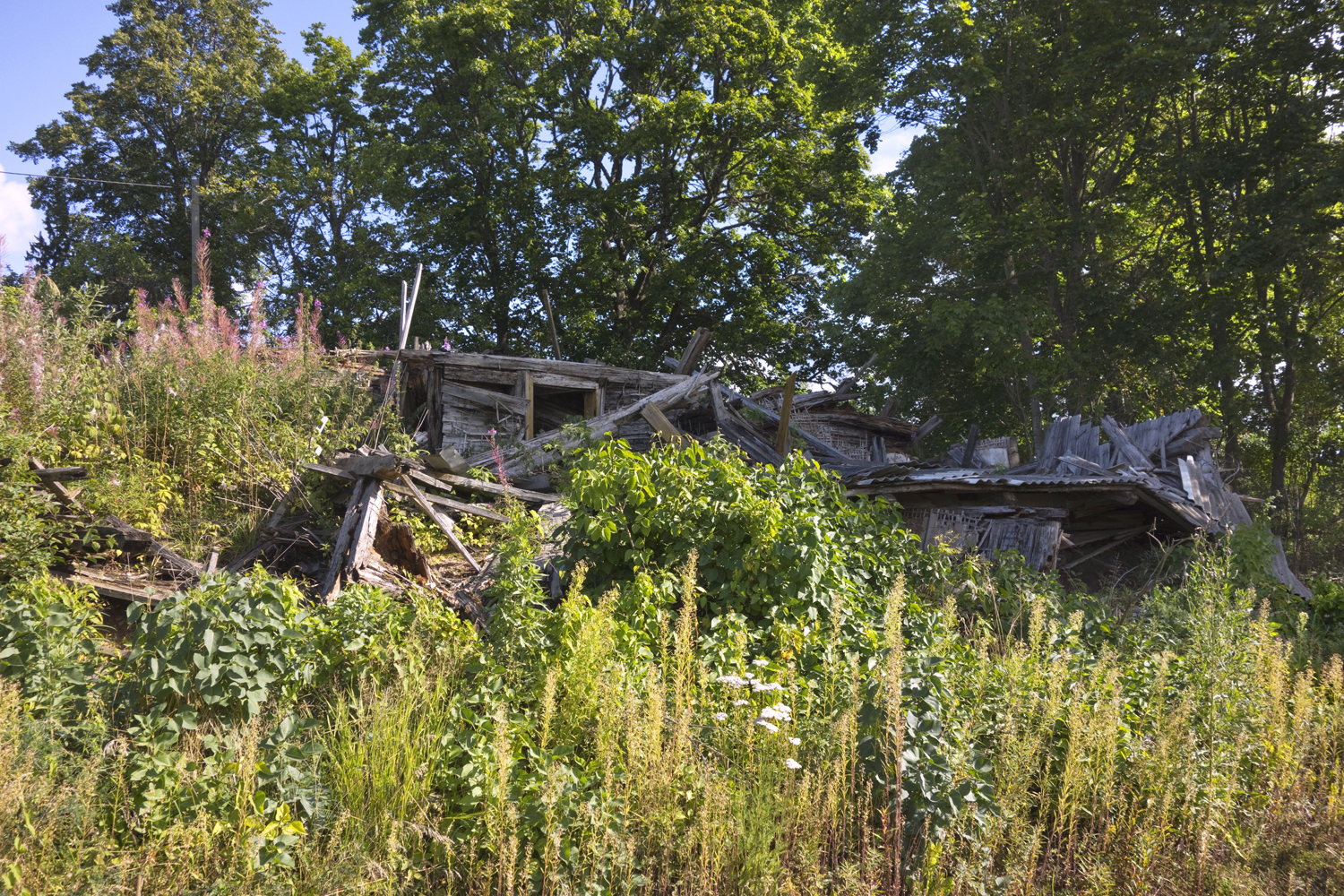
A little bit later we reach a bigger road, where ruins of the former Kaatsi forestry station in the road pocket are just about visible among trees and shrubbery.
We keep left, that is, straight on, and walk along the bigger road. An open cattle barn on the right and soon after the stables of Prangli manor. Old trees rise high by the road, the park wall runs by the stables.
We find ourselves in the heart of Prangli manor complex; it is just over 3.5 km from Kaatsi cross-pine and prayer bench.
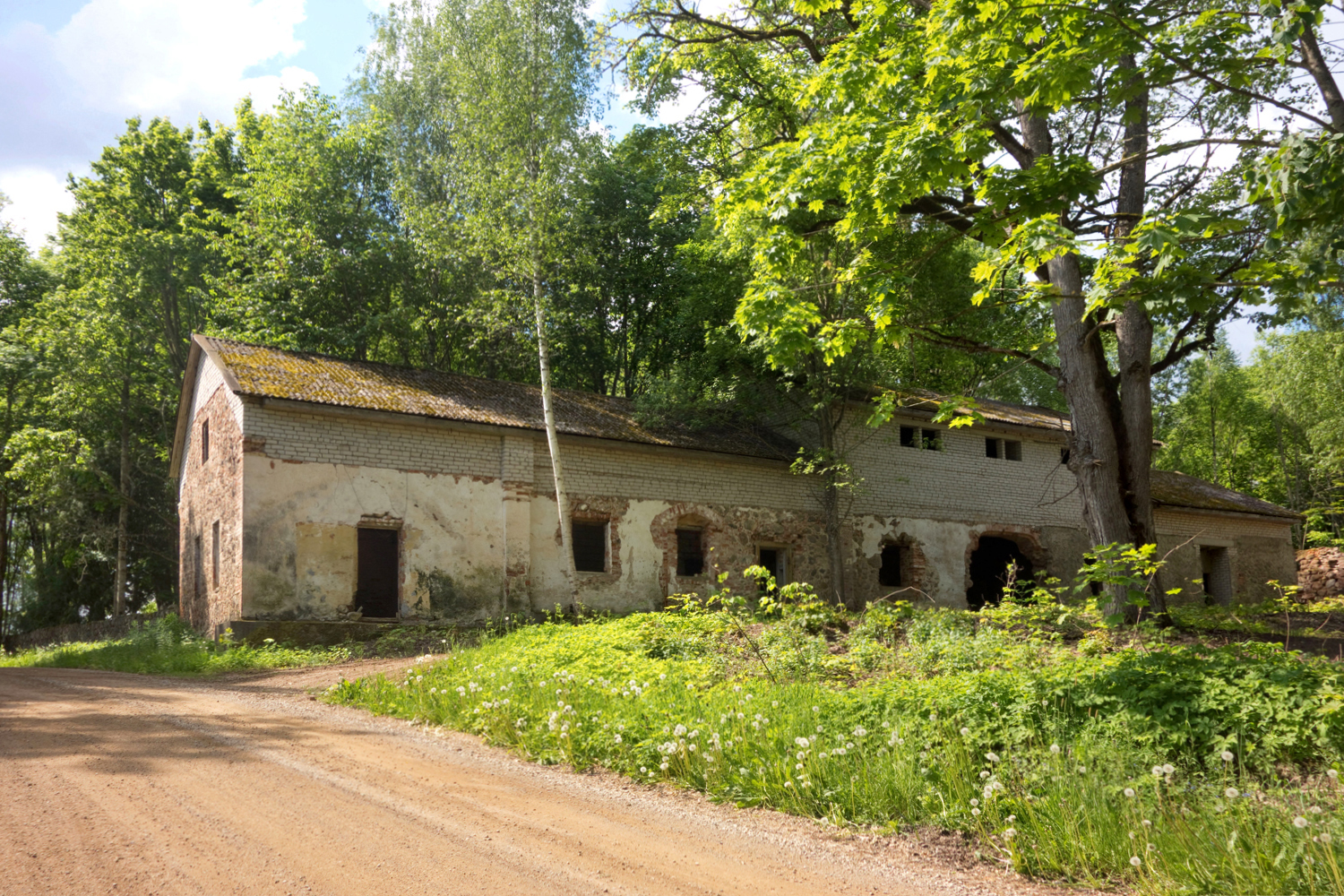
VANA-PRANGLI MANOR and the VILLAGE
Vana-Prangli or Prangli manor (Alt-Wrangelshof) was first mentioned in written sources in 1550. In the 16th century it belonged to von Wrangell, after whom the manor was named. Prangli was owned by the state in the 17th century, with several owners coming later – the von Schoultz, von Manteuffel, von Anrep families. In 1919 when manors were expropriated, it belonged to Edgar von Löwis of Menar.

The medieval wooden main building was constructed in several stages. In the early years of the 20th century, a two-storey structure was added to the old single-storey house. By the middle of the last century, only the newer part of the main building had survived. Probably in the 1970s a single-storey house was added to it. The whole building has remained empty for many years and is currently in ruins, some auxiliary buildings have partially survived.
The manor stables that we saw upon arrival was a long stylish fieldstone building with a gable roof. Only some of the walls stand today. Barn ruins next to it.
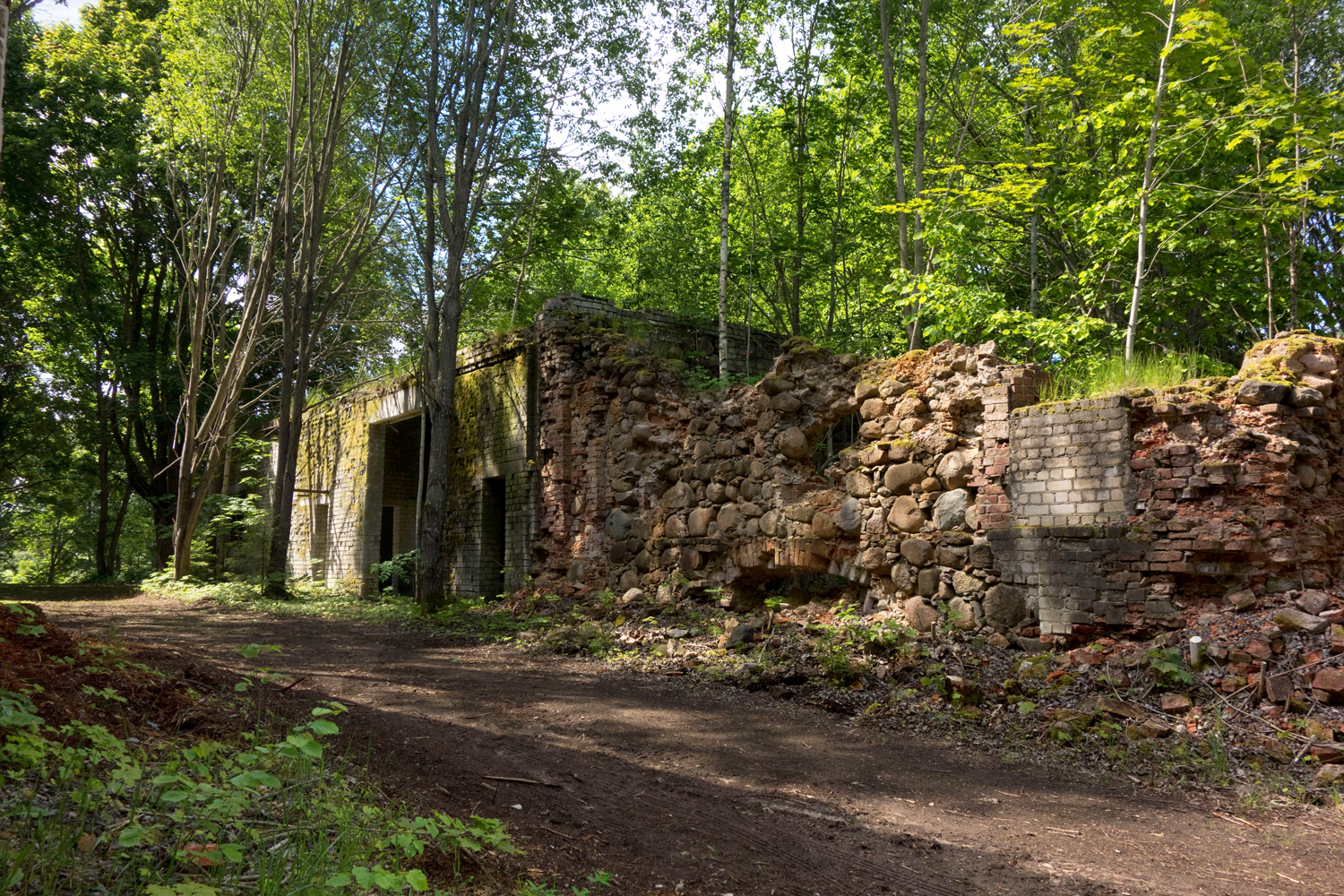
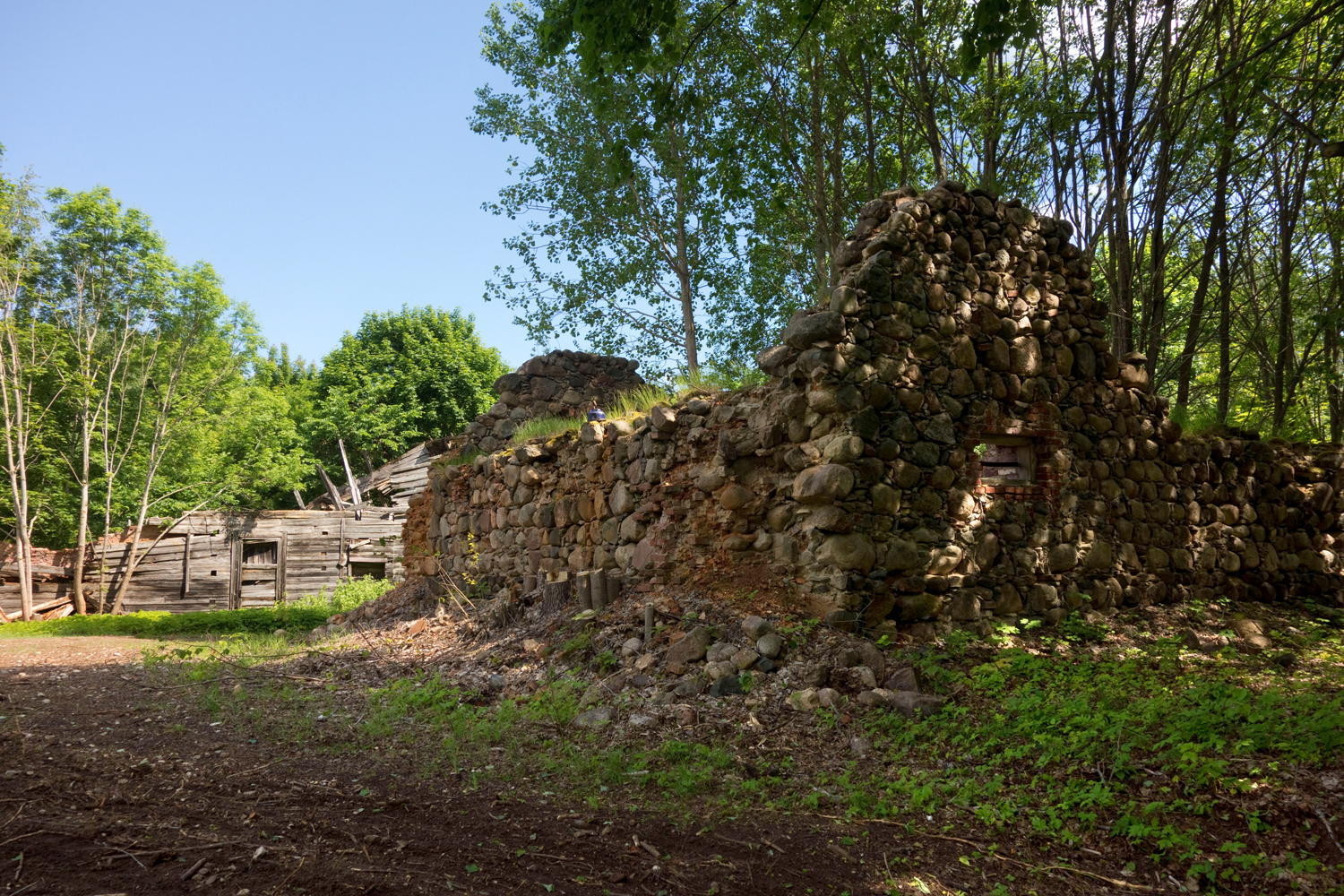
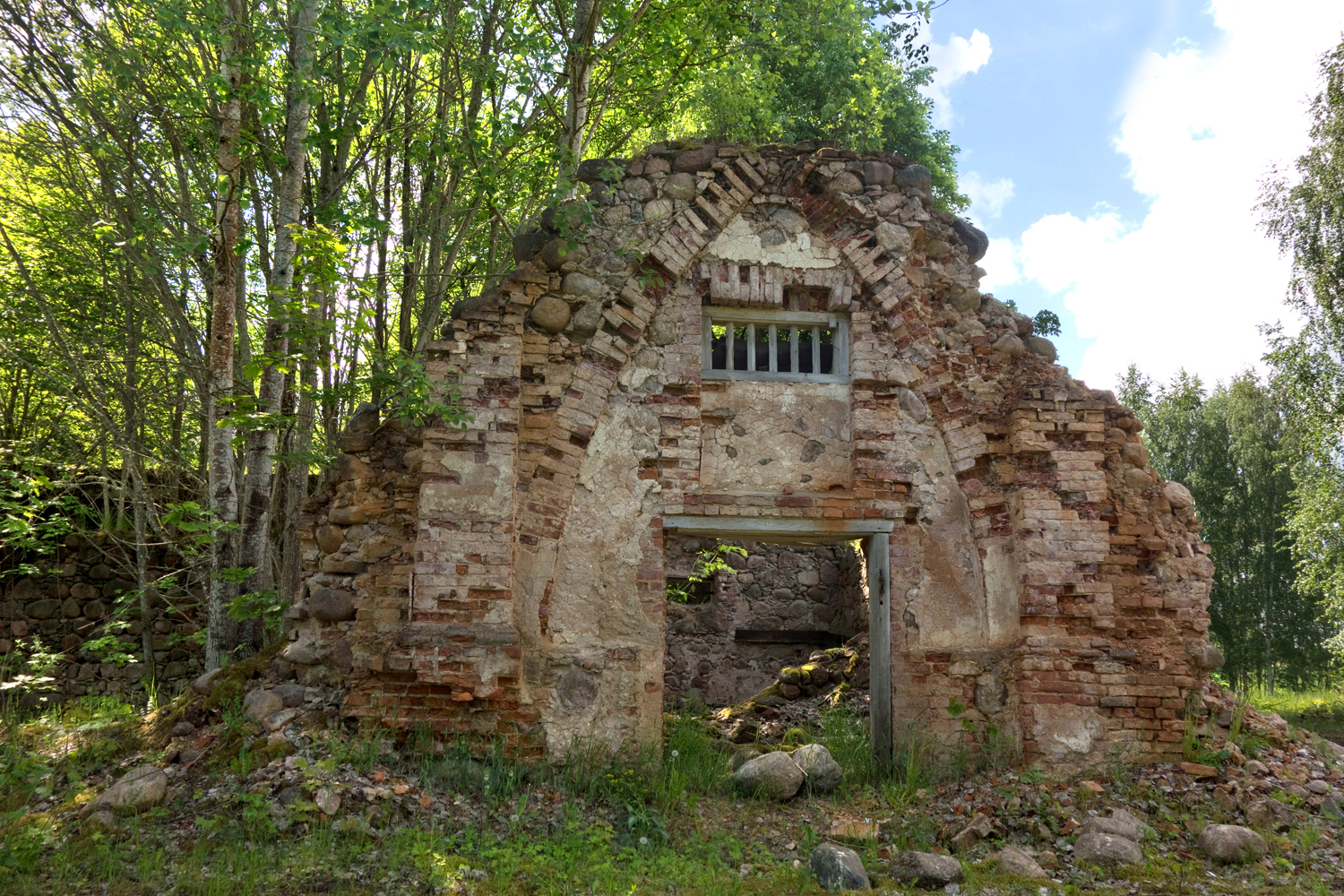
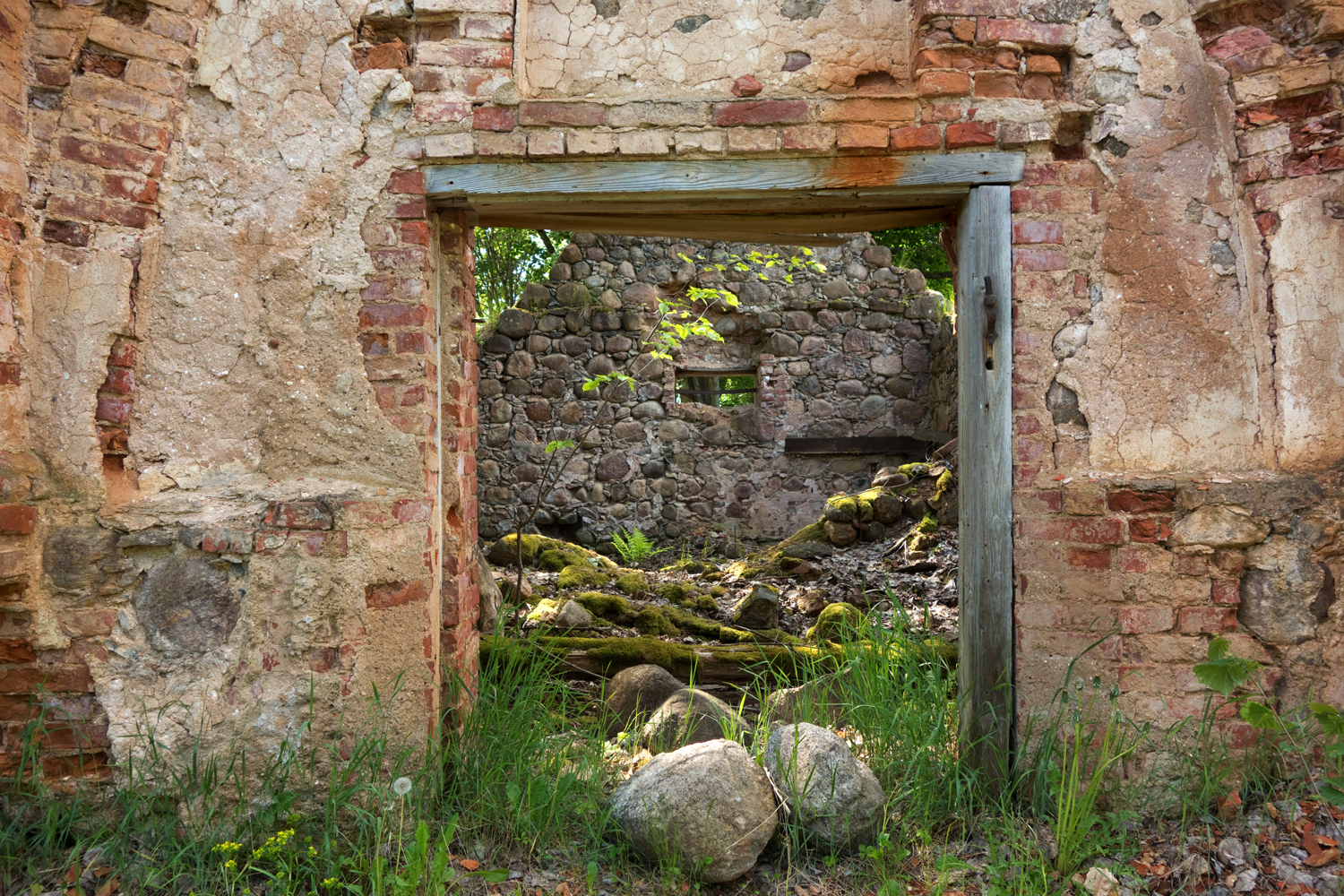
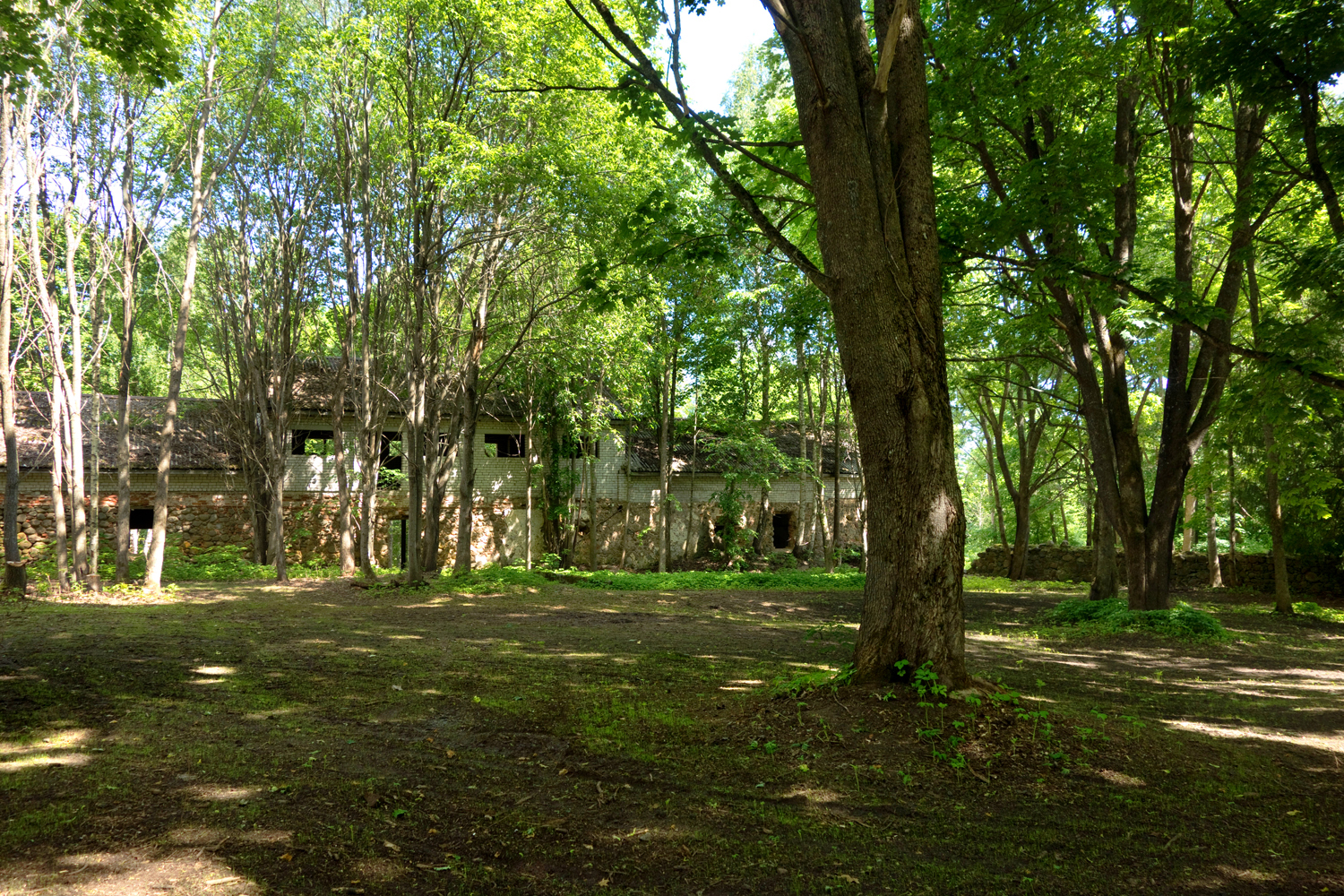
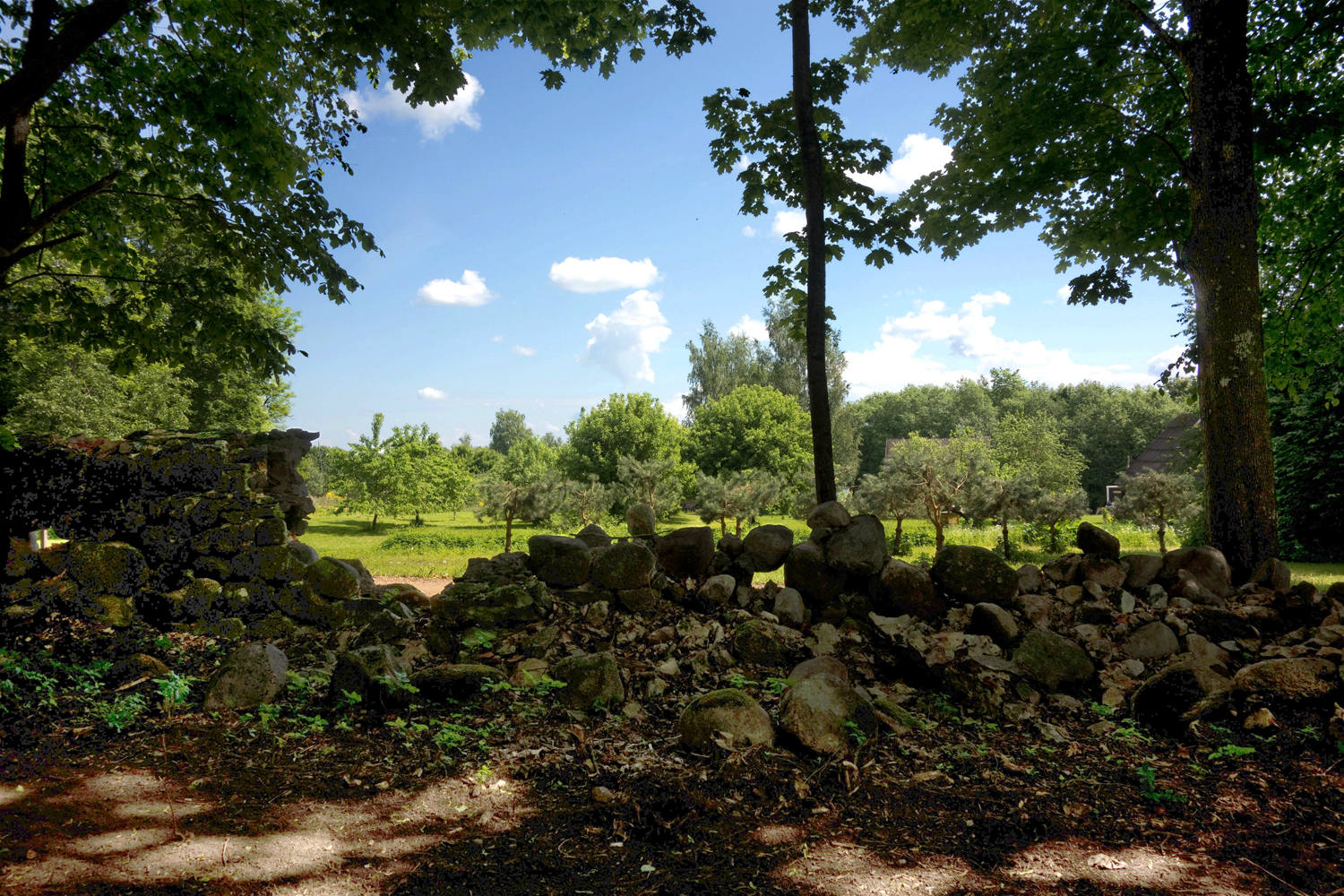
Park and orchard, previously hopelessly overgrown have now found a new owner and clearing work is in progress. There used to be a flower garden around the main building. The road passing through the heart of the manor complex still has fieldstone park wall lining the orchard, reaching until the stables. Near the stables, the wall has a gate built into it. The wall used to run along the opposite side of the orchard as well, thus forming a whole with the mansion, stables and barn.
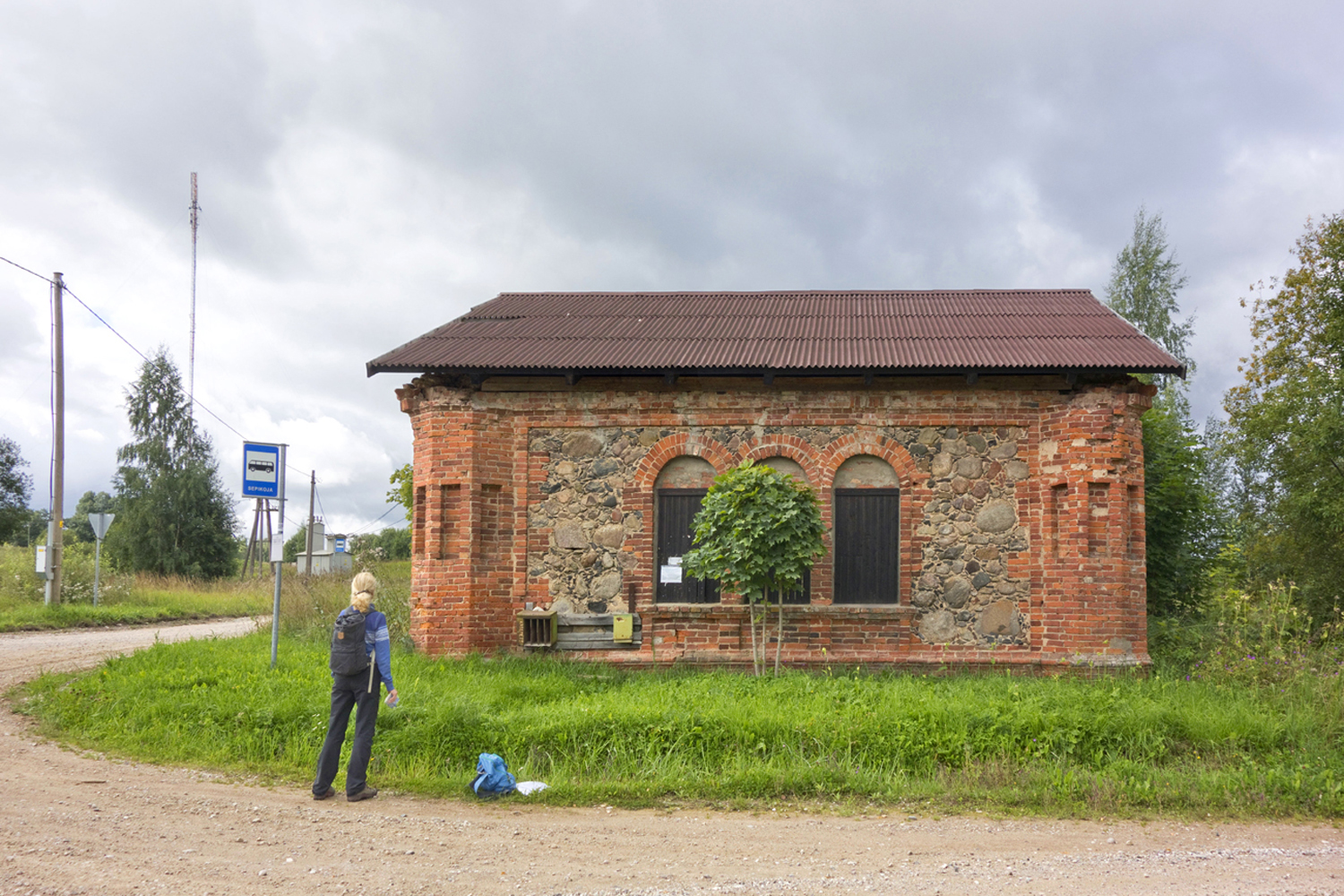
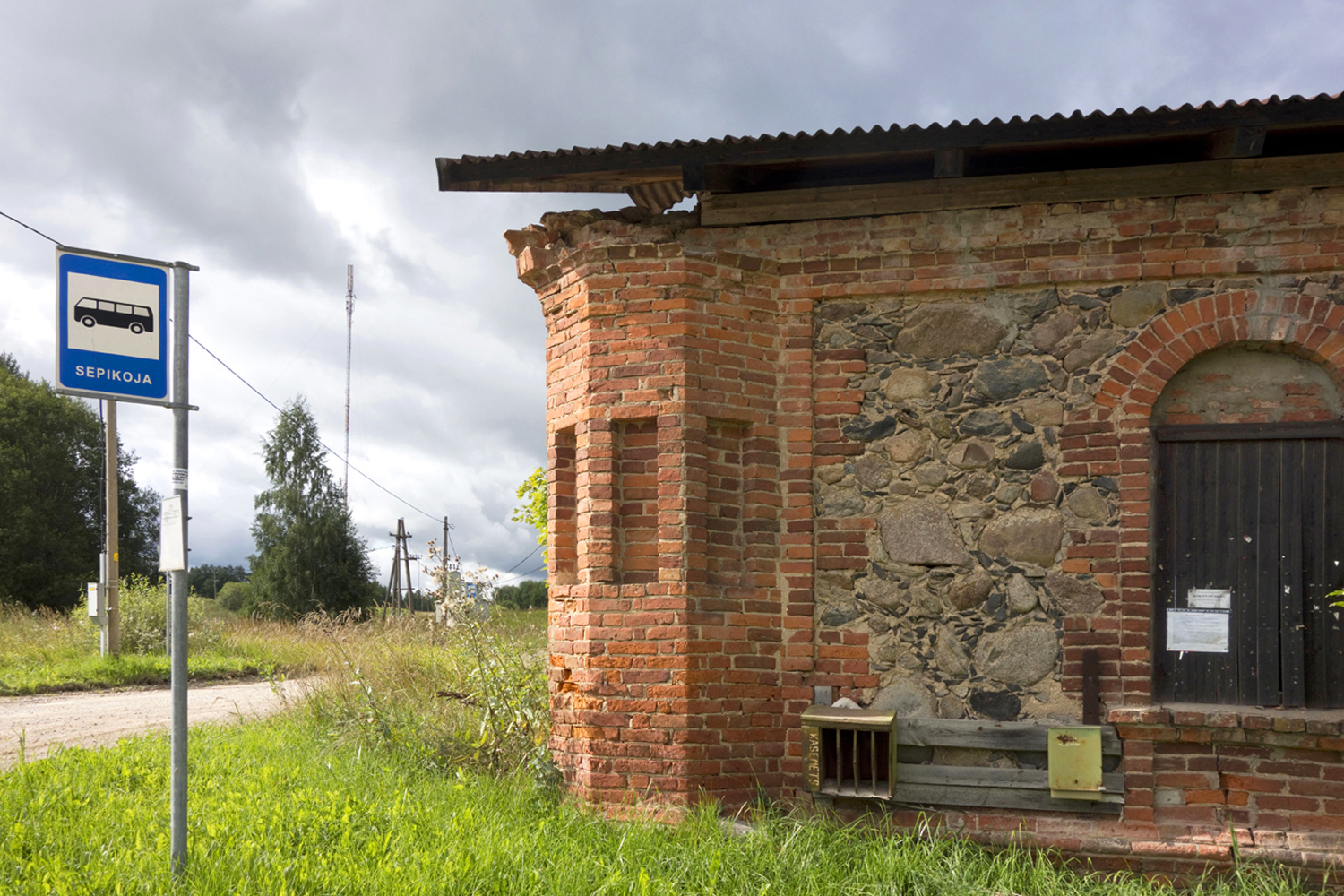
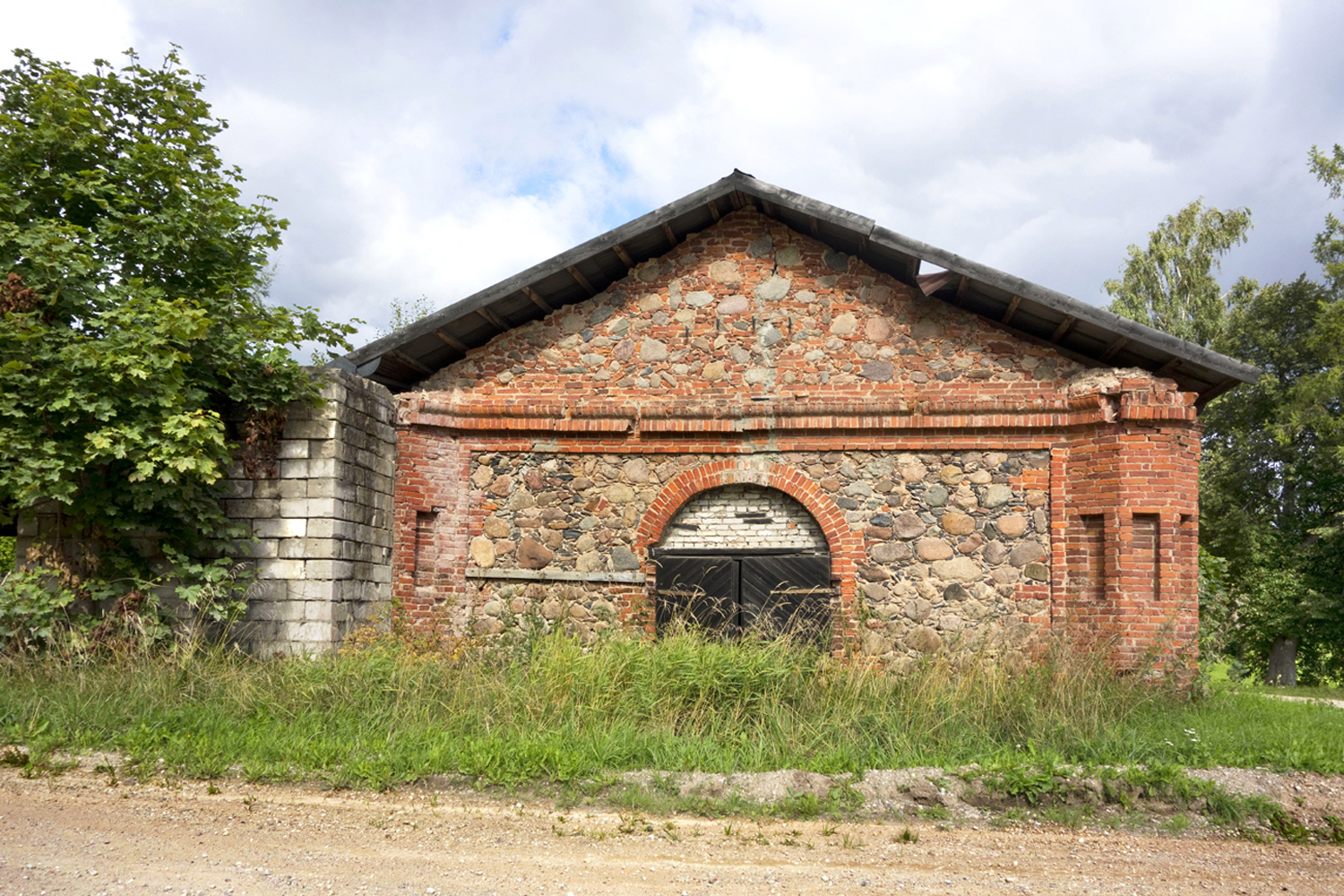
The manor smithy, built at the end of the 19th century has survived much better. The historicist fieldstone building has multiple red-brick cornices, blind windows and other ornaments, even turrets in the corners. True, only the front facade and part of side walls have survived of the once pretty smithy; its back wall is already part of the Soviet-era car repair shop.
Sepikoja bus stop is near the smithy so that travellers can easily get to Põlva or Otepää should they wish to disrupt their journey.
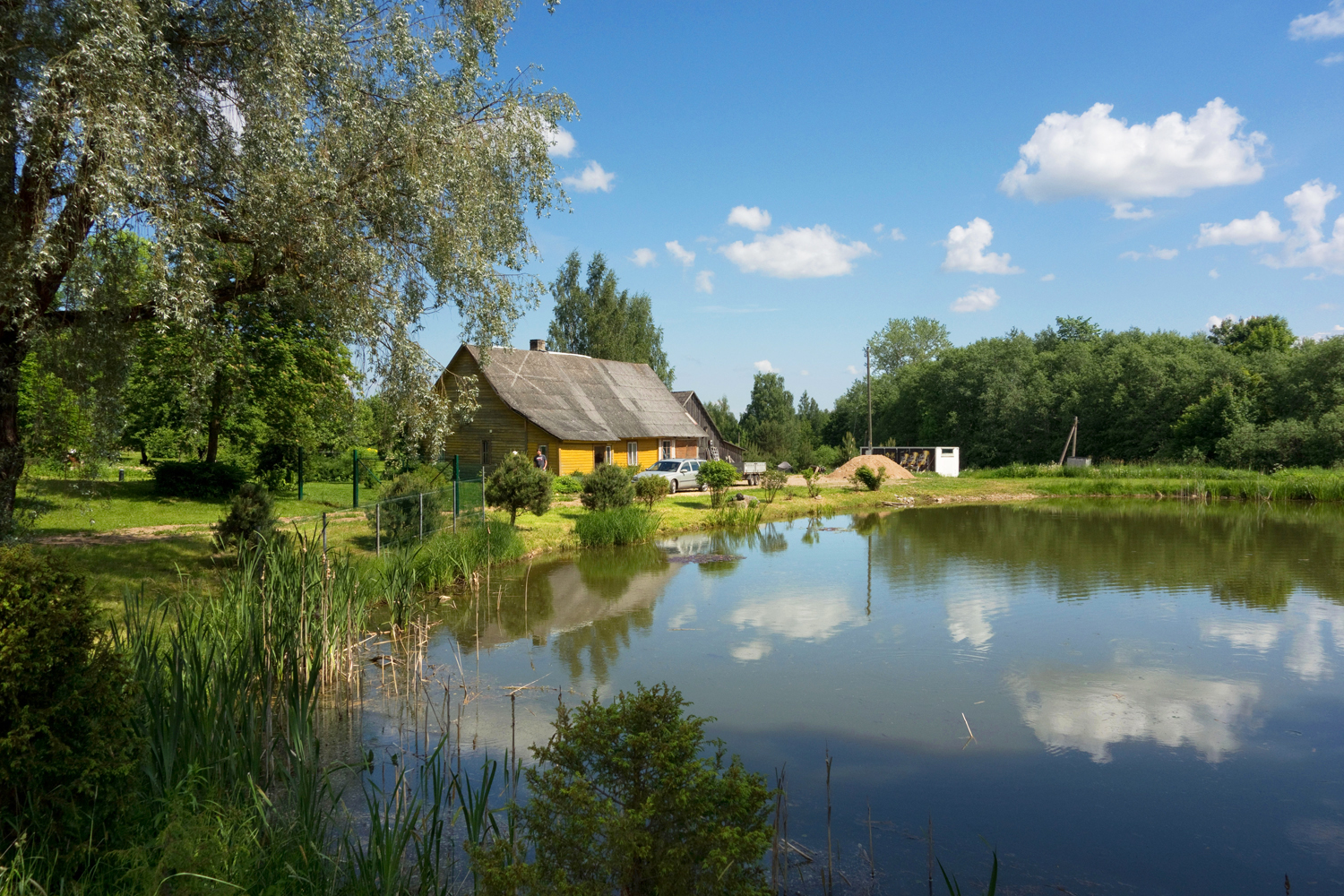
We sit in front of the smithy looking at pines trees and attractive pond of the opposite Tiigi farm (on the old maps the manor dairy stood here). It would be lovely to wash off dust and sweat, but we must carry on.
According to a legend there used to be a beating post instead of the smithy – who did something the manor lord did not like was tied to the post and flogged. The owner of Vana-Prangli manor von Anrep (19th c.) put a stop to this cruel punishment. Anrep was reportedly a good and just man who encouraged peasants to buy their own land. The first farms in Vana-Prangli parish were purchased in 1852, when Peeter Erlich from Taraski village bought two farms. Von Anrep then donated some bits of forest to him as well. Peeter Erlich in turn donated these to the parish who established a poorhouse with this money.
Kambja parish was the wealthiest in Tartu county, and farms were bought here earlier than elsewhere. One of the first Estonian schools for peasant children was started namely here in Kambja (1686).
In 1765, eight primary schools were opened, also in Prangli. According to sources, 4095 persons among the congregation (6819 members) were literate in 1775, at least one member of every farm.
When the schools of Prangli and Krüüdneri celebrated their 175th anniversary together in 1940, there were around 40 children at Vana-Prangli primary school. Local people welcomed the celebrations wholeheartedly. Unfortunately, the weather spoiled the outdoor party, but a grand assembly was organised, with speeches and presents and a formal lunch.
Daila Aas, July 2021
Sources
https://www.mois.ee/tartu/prangli.shtml
https://register.muinas.ee/public.php?menuID=archivalmaterial&action=view&id=747
https://www.folklore.ee/pubte/ajaloolist/kam/kam.html
https://dea.digar.ee/cgi-bin/dea?a=d&d=maahaal19400522.2.22
